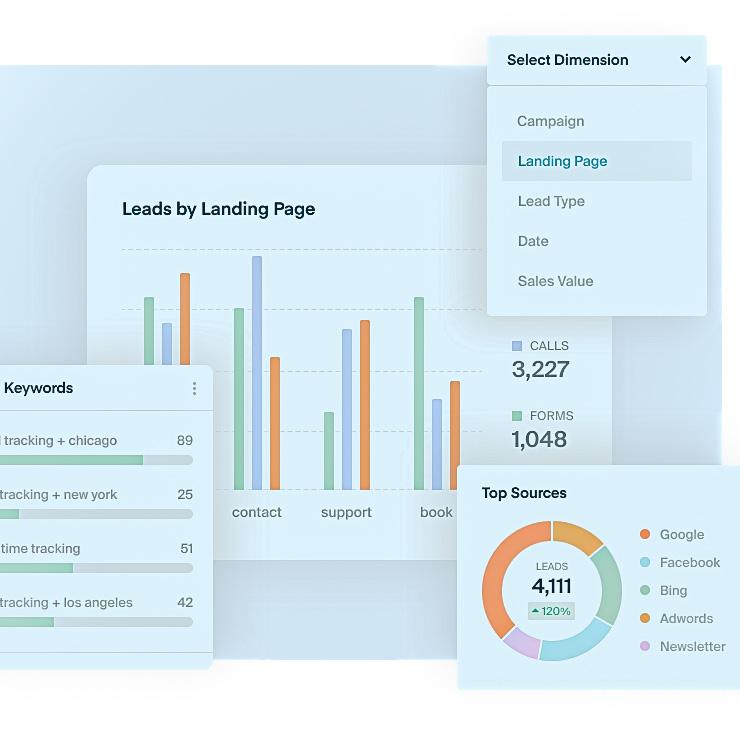Many businesses focus heavily on acquiring new customers, but the real secret to long-term success? Keeping the ones you already have. Customer retention isn’t just about maintaining relationships—it’s about increasing lifetime value, boosting brand loyalty, and turning customers into ambassadors for your business. Let’s explore why retaining customers is more valuable than constantly chasing new ones and how you can build long-term connections.
Retention vs. Acquisition: The Cost Factor
Winning a new customer can cost 5 to 7 times more than retaining an existing one. Why? Because new customers require heavy investment in ads, outreach, and trust-building. On the other hand, retained customers:
- Spend more over time.
- Are easier to sell to (they already trust your brand).
- Refer others, bringing in low-cost, high-value leads.
By focusing on customer retention, you’re not just saving money—you’re increasing profits and brand loyalty at the same time.
How to Keep Customers Coming Back
- Loyalty Programs That Reward Engagement
Customers love to feel appreciated. Loyalty programs—like discounts for repeat purchases, VIP perks, or referral bonuses—give them a reason to stick around instead of switching to a competitor. - Email Marketing That Strengthens Relationships
A well-crafted email isn’t just another message—it’s a connection point. Regularly engaging customers with exclusive offers, helpful content, and personalized recommendations keeps your brand top of mind and encourages repeat business. - Exceptional Customer Experience That Builds Trust
People remember how you make them feel. Fast response times, smooth transactions, and personalized interactions create positive experiences that drive long-term loyalty. A happy customer isn’t just a repeat buyer—they become a brand advocate.
The Role of Branding in Customer Retention
A strong, consistent brand builds trust and familiarity. When customers resonate with your brand’s story, values, and messaging, they feel a sense of belonging. That’s what keeps them coming back.
At Lytron, we help businesses strengthen their brand identity, ensuring that every interaction—from website experience to marketing materials—keeps customers engaged long-term.
How Lytron Helps Businesses Strengthen Customer Relationships
One of our clients struggled with customer drop-off after their first purchase. By implementing a retention-focused email sequence, a customer rewards program, and an improved onboarding experience, they increased repeat purchases by 40% in just six months.
Focus on Retention for Sustainable Growth
Want to build lasting relationships with your customers? Follow us at @lytron.us for expert tips on customer retention, branding, and business growth.
Acquiring customers gets you started—retaining them builds your legacy. Let’s explore how far your brand can go with a loyal customer base!




